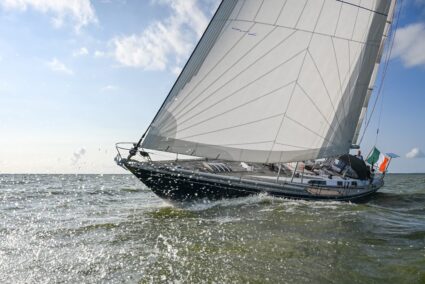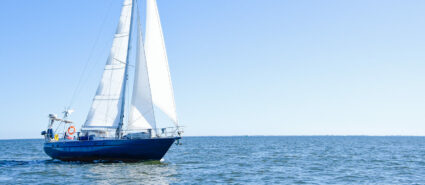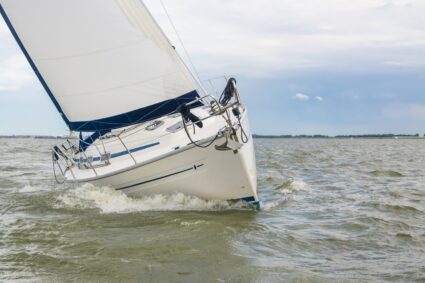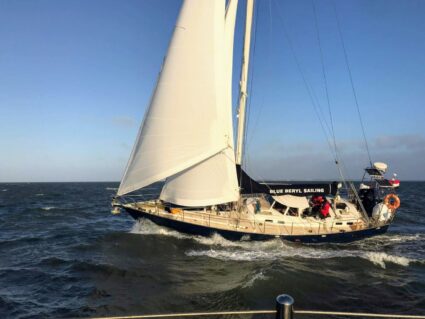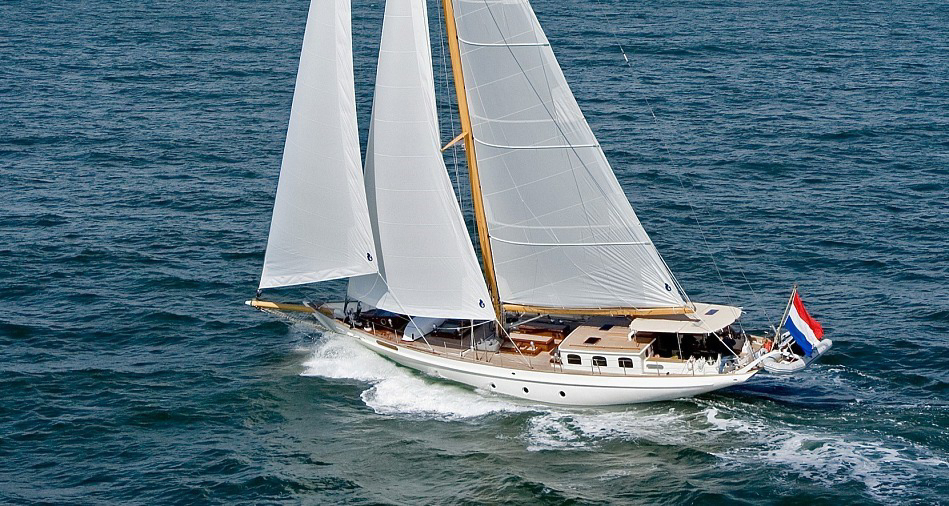
Jib Sails: Increase the Performance of Your Sailboat
A jib, also known as a jib jib or yankee, is a triangular headsail carried in front of the jib. It is characterized by a high-cut clew, resulting in more efficient airflow and better sailing characteristics.
The jib is often used in conjunction with a cutter jib for optimum performance.
Advantages of a Jib
- Improved Balance and Speed: Because of its placement in front of the jib, the jib contributes to better weight distribution and increases speed, especially in high winds.
- Safety in Bad Weather: The high clew angle prevents skip waves from hitting the sail, increasing safety.
- Better View: The raised clew angle provides an unobstructed view under the sail, which is useful for navigation.
- Aesthetic Added Value: A jib gives your sailboat a classic and elegant look.
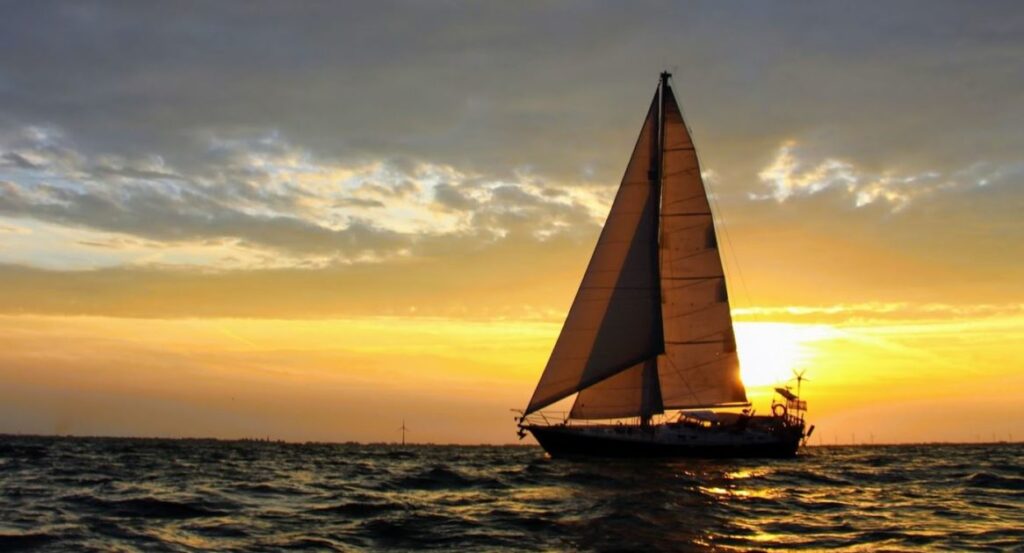
How do you feed a jib? You can do this in two ways: either on a forestay or flying. The jib has a dropping effect on the course and makes your ship more luffing.
Installation: Forestay or Flying
A jib can be fed in two ways.
- On the Forestay: Attached with sliders to a stay, providing stability and easy operation.
- Flying: Without a staysail, offering flexibility in setting and striking the sail.
The choice depends on your vessel and personal preference.
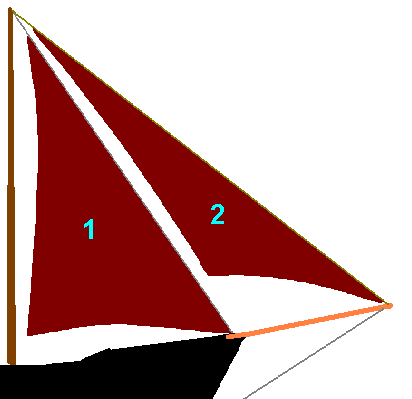
Is a Jib Suitable for Your Sailboat?
For sailors on long voyages, a jib offers significant advantages.
- Easy Operation: Easy to handle even in changing weather conditions.
- Better Balance: Helps maintain course stability over long distances.
- Sustainability: Made of high-quality materials that can withstand long-term use.
Quote Request
Are you considering purchasing a jib? Contact us for a no-obligation quote. Our experts are ready to advise you on the best options for your sailboat.
Frequently Asked Questions
A jib is a triangular headsail with a high-cut clew, also called a jib jib or yankee. It is placed in front of the jib and provides better balance, speed and visibility while sailing.
A genoa often extends beyond the mast, while a jib has a higher clew angle and is run in front of the jib. The jib is safer in rough seas and offers more visibility under the sail through.
Technically it can be done, but it is not optimal. A jib comes into its own best on ships with a cutter stay. Without a staysail, a genoa or furling genoa is often a better choice.
The main benefits are:
- More balance on course
- Better performance downwind
- Less risk of water in the sail
- Easier to trim and handle
- Increased sailing comfort on long trips
Absolutely. Sailors often choose a jib for its durability, balance and safety. Especially with fractional rigging, the jib is an excellent addition.
The price depends on your type of vessel, cloth material and desired finish. Feel free to ask for a quote - we will quickly give you a clear price indication.
Depending on your preference, the jib is attached to a forestay with leeches or fed flying via a release halyard. Both options are carefully matched to your rigging.
